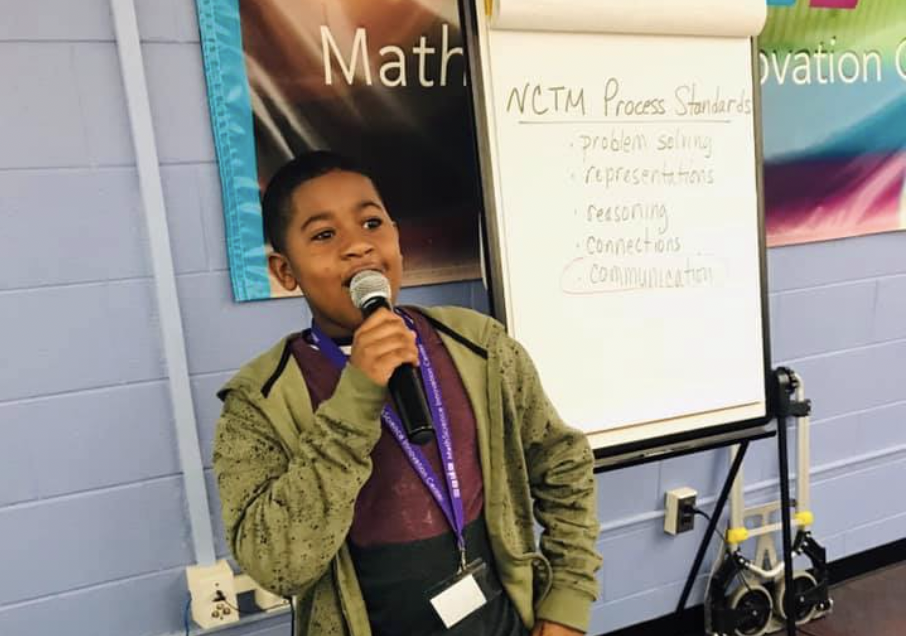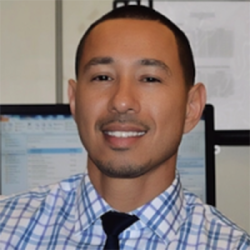
In PBL, the public product holds great significance and is genuinely an opportunity for you and your kids to show others outside the four walls of your classroom the great work being done. And although the public product does not always have to be students making a formal presentation, presenting and speaking about their work to others is a vital skill to have long after they leave K-12 schooling.
However, when kids do not have experience explaining what they have learned to others, they typically become anxious and nervous about doing so. When this happens to my students, I always tell them that “practice may not always make perfect — but it sure makes better.”
So, if your students feel apprehensive or stuck on how to present or even what to say next, the trick is to create ample opportunities for them to start practicing during your PBL units. Here are four steps to take for helping them improve over time gradually while building their capacity for performing in low- to high-stakes settings.
Step 1: Use Protocols that Require Students to Explain
Singling out students to speak in front of others, even to classmates, can backfire if they don’t feel comfortable. I find that when I use protocols, something magical happens; my classroom culture gets enhanced, and everyone shares in the workload within a structure.
I recommend using protocols regularly. With repetition, everyone will know what to do, and the focus can stay on the productive struggle of learning to dialogue effectively, but in very small groups. I find that this practice prepares them for much bigger audiences — later. Here are two protocols I’ve found useful:
The Say Something protocol is great for getting students used to explaining their thoughts about a shared reading. I use sentence stems that help my learners respond better to the readings, for example:
• The character mentioned that…
• Overall, what the author is trying to say is…
• I agree with the position she/he took because…
• I’m confused when the author wrote …, Can you help clarify?
Jigsaw activities can be leveraged to create very informal opportunities that allow students to explain targeted topics to classmates. Have one group of students become ”experts” in an aspect of a topic, then share what they know in jigsawed groups with others who learned about different aspects of the topic. I structure this by asking them to offer their own definitions and provide evidence from the reading(s), while explaining it all casually.
Step 2: Help Students Develop Presentation Scripts
Through consistency and dedication to the principles in Step 1, my kids became much more comfortable with talking academically. However, many of them needed scaffolds for better organizing what they wanted to say.
For this purpose, I recommend two documents: the PBLWorks presentation plan and a self-generated presentation script (link no longer available). The presentation plan is perfect for helping students organize their presentations while keeping their audience in mind. Moreover, the document assists them with thinking about what they will say in the beginning, middle, and end of their presentations, along with what they will show or do for capturing the attention of the audience.
The script I created was a complement to the presentation plan because most of my students hadn’t had prior experience with the computational thinking (CT) and computer science (CS) terms, concepts and practices we covered in our project and needed help with structuring their speeches. I never thought to help my students develop scripts for their public products until I saw Sara Lev’s ‘Taking care of our environment" video. And although my kids are older than Sara’s kindergarteners, the practice has really enhanced both the confidence and self-efficacy of my middle schoolers for speaking presentations.
Once their scripts were to their liking, we dedicated time to allow them to rehearse, both in class and at home.
Step 3: Take Pressure Off Students While Presenting
My teaching experience has taught me that learners gain real confidence after experiencing successive successful moments (but do not forget that occasional failure is also par for the course). Because many of them hadn't previously presented to the public before, I had to find a way to help combat their anxiety levels come presentation day.
For this I drew inspiration from the Carousel activity protocol and created a simple format for taking some of the pressure off my students. To do this well, we create stations where students present their work. However, we also organize all of our visitors (the public) into an equal number of groups and have them move from station to station. Each of the teams is permitted six minutes to present their work and two minutes for Q/A.
For easing anxieties further, I recommend the first adults that students present to are either their parents, family members or guests that they personally invited. I have found that by doing this their confidence increases round by round.
Here's a video of my students presenting in the Computational Thinkers Project.
Step 4: Lead by Going First
As teachers, we are the instructional leaders in our classrooms, and being the leader means to go first. To show kids that we are in this together, I think it is important for teachers to be the first presenter/moderator of discussions both prior and after the students present their public products. Doing this has enabled me to gain the confidence, trust, commitment and respect of my students and stakeholders.
The teacher presentation doesn’t have to be very long or require much airtime—five minutes is enough. All we have to do is welcome parents and stakeholders, provide some context for why we’re doing our work, and explain the format of how the presentations will be conducted.
After the kids perform, I also recommend leading a final discussion/reflection with both the kids and adults who participated. This part doesn’t have to be very long either, but it allows you a chance to revisit the learned topics, make critical connections, guide the celebration of learning and to further promote PBL!
My sincerest gratitude to Dr. Holle Freeman, Carrie Persing, Kathryn Hansen of the MathScience Innovation Center and Dupont for this collaboration.

